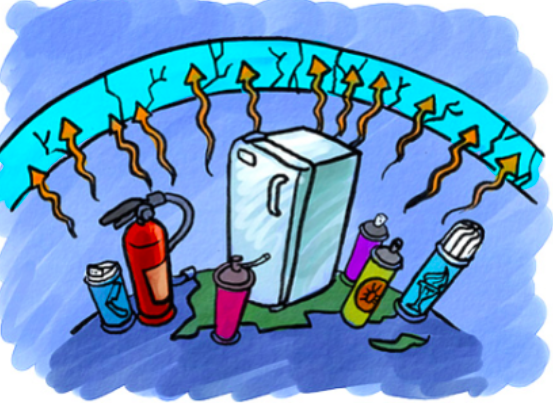
A few years ago, I purchased a small cabin—a place to read, write, and spend time with family away from the stresses of contractor life. On my first clear night there, I was amazed by the brilliance of the sky. Between the major constellations were hundreds of subtler points of light; through my binoculars, I could see thousands more, invisible to the naked eye. And arching from tree line to tree line were the wisps of the Milky Way. I was struck by how much more I could see here than at my home twenty miles away. There, on a residential street in a small city, streetlights, porch lights, and the glow of the nearby commercial strip wash out all but the brightest stars.
Bright artificial light is a recent phenomenon. Prior to Edison’s invention of the light bulb in 1879, candles, oil lamps, and lanterns were most households’ only light source; gas lights, which burned methane and other combustible gases extracted from wood and coal, were used in wealthier homes. These combustion-based light sources produced only dim light; they also polluted indoor air and created a ubiquitous fire hazard. Except in cities, where gas lights illuminated some streets, outdoor lighting was provided mainly by portable sources like lanterns and torches.
Electric light offered a brighter, safer, and more convenient alternative. In the late 19th and early 20th centuries, it appeared in cities along with the first generating stations and distribution grids. Initially serving commercial buildings, streetlights, and wealthy homes, power lines were gradually extended to middle- and working-class neighborhoods. Not until rural electrification efforts in the 1920s and 30s did electric lighting become widespread in sparsely settled areas.
Most of us now live in areas awash with artificial light from homes, businesses, and public infrastructure. In many ways,…
Weekly Newsletter
Get building science and energy efficiency advice, plus special offers, in your inbox.

This article is only available to GBA Prime Members
Sign up for a free trial and get instant access to this article as well as GBA’s complete library of premium articles and construction details.
Start Free TrialAlready a member? Log in












2 Comments
Happy to see this being covered here. It's easy to dismiss light (and noise) pollution as 'not real pollution,' but they are real. Anyone who has seen the Milky Way in a truly dark sky understands what we're snuffing out, not to mention the myriad other issues to wildlife and humans as discussed here.
This is a tragedy of the commons, and I'll wager that most people don't and won't think carefully about lighting decisions, despite its effect on the commons. Not something that will even cross their minds, or at least not something they'll see as significant enough to warrant consideration. And of course residences are only a small fraction of the issue.
Most likely, ordinances and the like are the only way we can expect to see any significant changes.
If one is interested in 'how dark' the sky is by them, they can search sky maps that indicate darkness on scales like the Bortle scale. https://en.wikipedia.org/wiki/Bortle_scale
Best stars I've ever seen were in the remote High Sierra's. Truly unreal. A reminder of where we are.
Being constantly stuck in a fog of human light and noise is sure to wear away this (in my opinion vital) connection to the enormity of what we are apart of.
Thanks, Maine_Tyler. These are great points. I agree, ordinances will probably be necessary. Hopefully, some of these guidelines will eventually make their way into state-level residential codes.
Log in or become a member to post a comment.
Sign up Log in